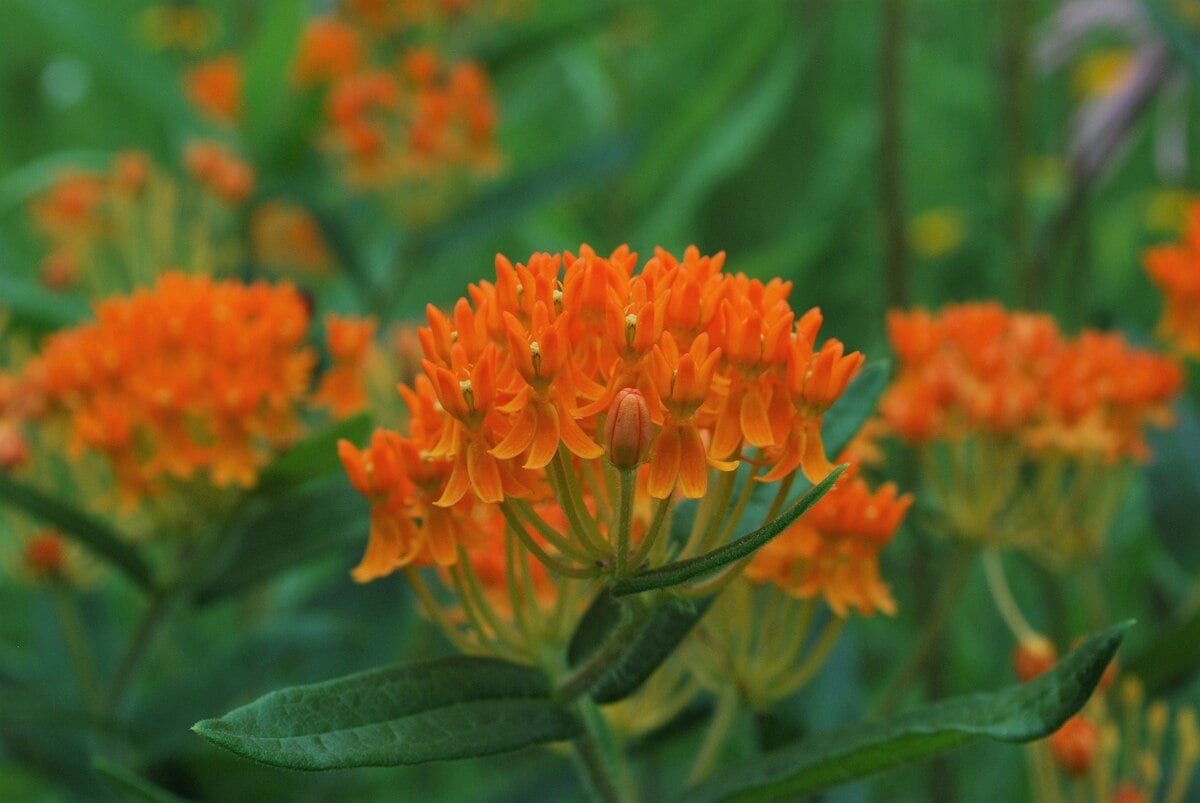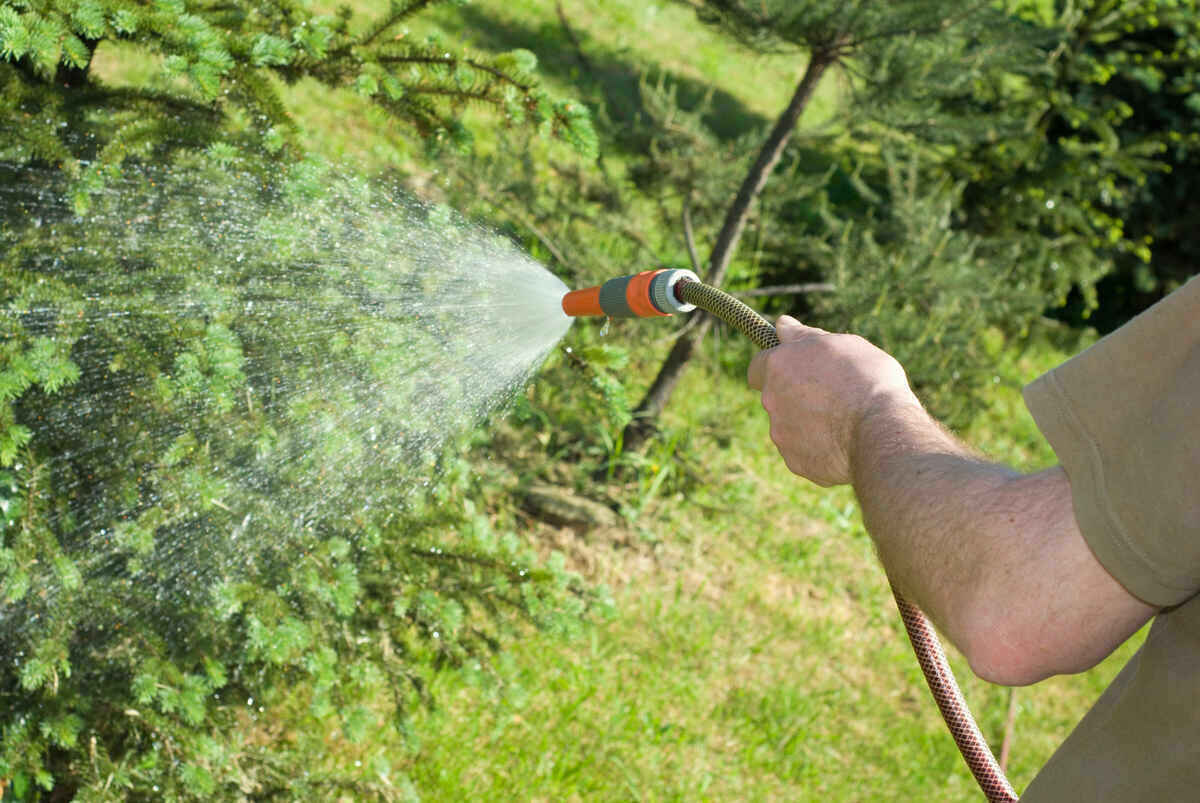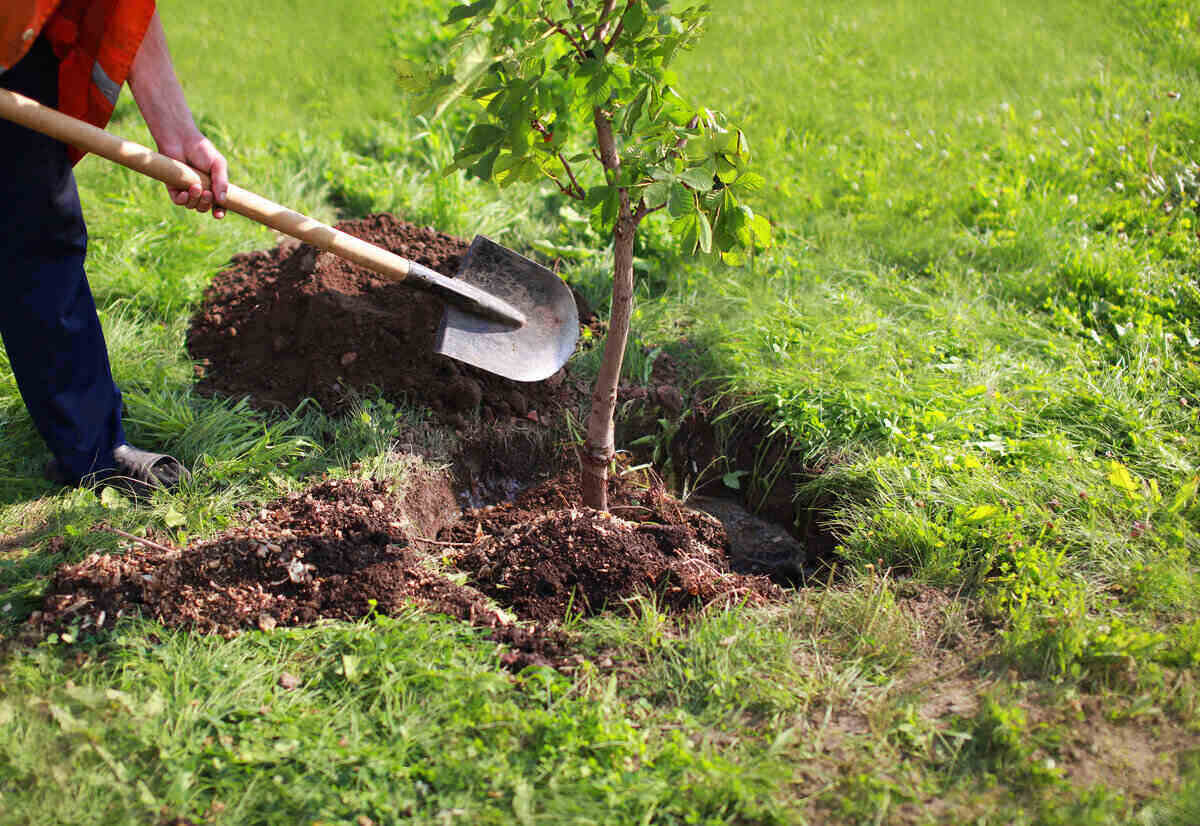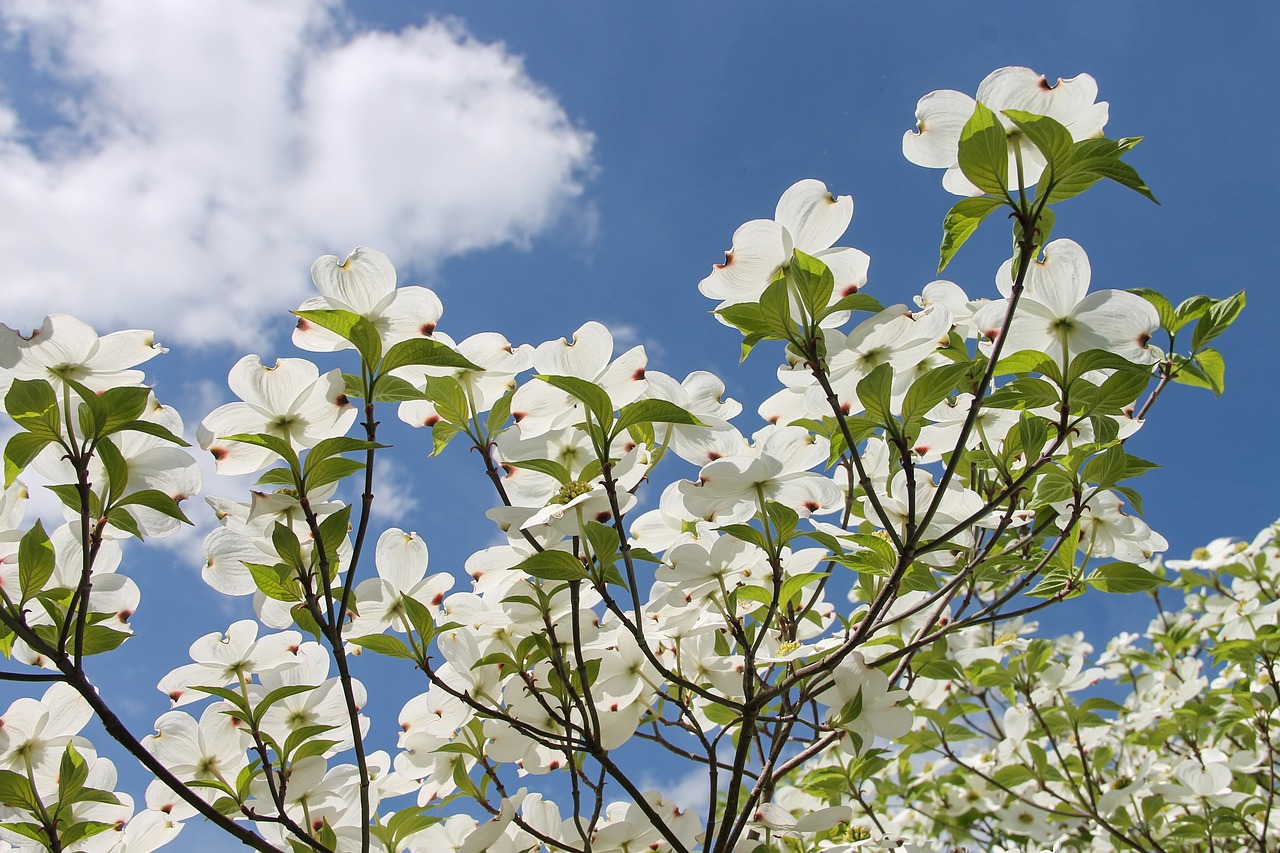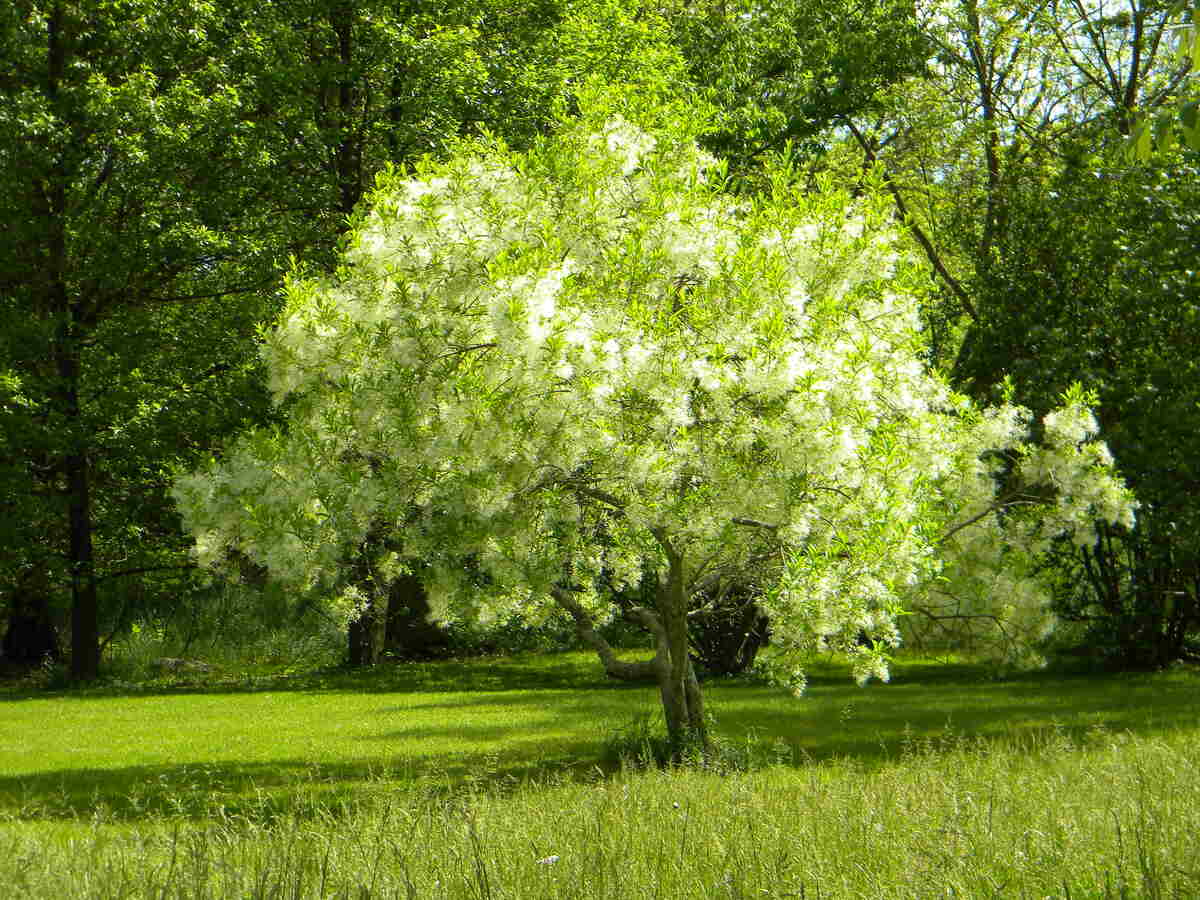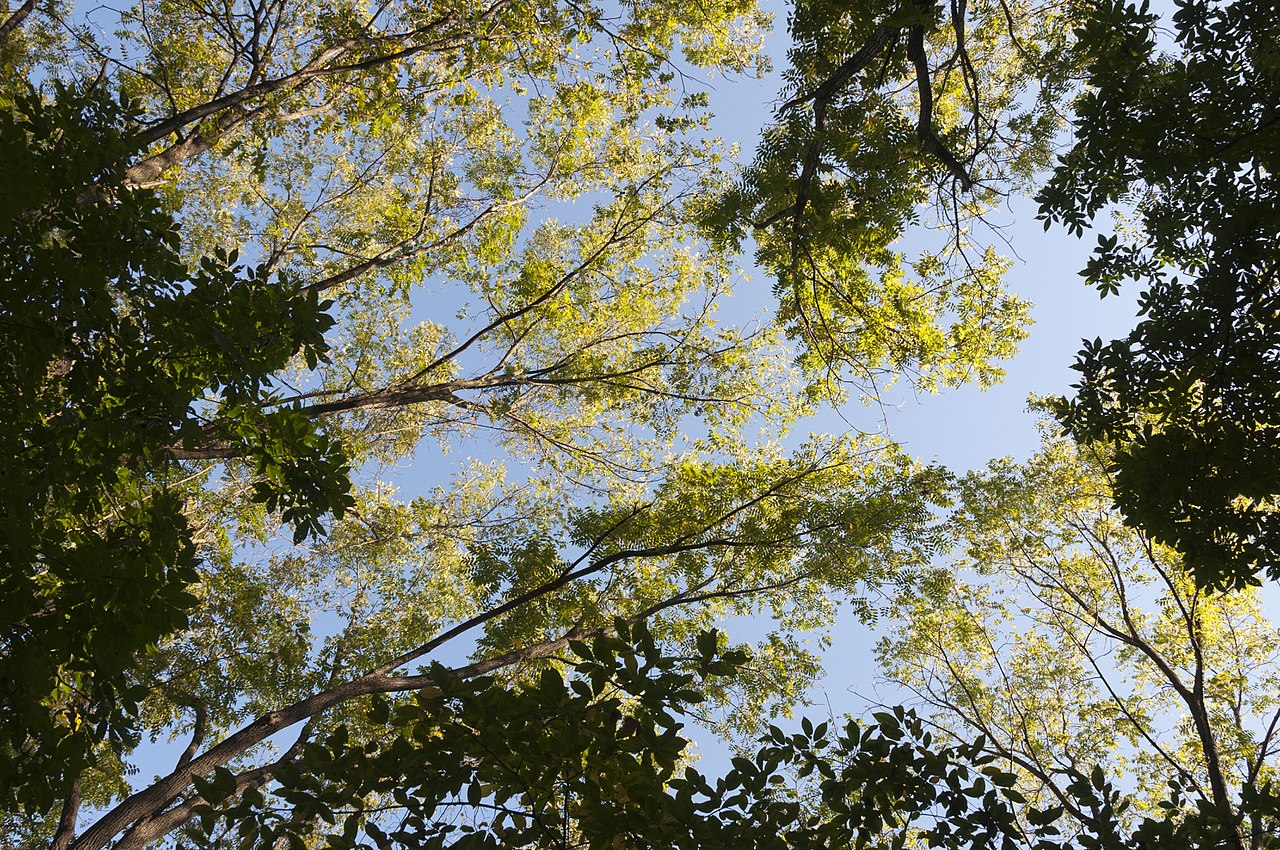
The trees in the Columbus area and surrounding counties have been taking hits from Mother Nature the past few years with conditions including extreme dryness, record-breaking wetness and frigid temperatures.

“Trees can tolerate lots of different kinds of stresses occasionally, but repeated extremes take a toll — unless the trees is in a perfect soil environment,” says Stan Smith, program assistant for the Agriculture College of Food, Agricultural, and Environmental Sciences for The Ohio State University Extension in Fairfield County.
“That perfect soil environment includes well-drained topsoil that is often characterized as a native environment and not something man has created.”
Trees, especially needled trees, have been showing signs of this ever-changing weather and imperfect soil conditions. But if you are planning to plant a tree in your property, take some time to research and learn the best type of trees and the best ways to plant it and care for your trees it through the years.
Giving Trees a Healthy Beginning
The first step to finding the right tree for your landscape means taking into consideration your entire property.
There are do’s and don’ts.
If planting trees, do consider factors such as how big it will be at full size, adaptability to soil conditions, exposure to Mother Nature issues, and maintenance needs, according to the “Preparation and Planting of Landscape Plants” guide from the Department of Horticulture and Crop Science for The Ohio State University Extension in Columbus.
Don’ts are aplenty as well, according to Ohio’s Division of Forestry for the Department of Natural Resources:
- Do not plant trees in the rubble of an old building because the soil contains alkaline.
- Do not plant pin oaks in alkaline soils.
- Do not plant willows in dry soils.
- Do not plant pines in wet soils.
- Do not plant birches in shade.
- Do not plant dogwoods in unprotected, open sites.
- Do not plant trees unless you plan to maintain them.
The Division of Forestry also encourages tree planters to not crowd trees inside holes dug too small, especially with compacted soil. You can also make the mistake of trying to fertilize at planting time. That’s a no-no.
Preparing for Planting
Learning what your soil is made of can be the answer to a lot of homeowners’ problems with trees not surviving, Smith says. Test your soil to see what it needs to help trees grow strong and healthy. Your tree may require the addition of several items. The extension wants you to know that fertilizers don’t make trees grow larger. They just fix the problems in the soil.
Also before planting, understand how the soil drains moisture.
“The major reason plants do not survive transplanting is improper moisture – too little, too often, too much or a combination,” according to The Ohio State University.
The Right Way to Prune
The act of pruning your tree can help it flourish again. The Division of Forestry emphasizes that dead and dying branches can be removed any time. However, the best time to prune live branches runs during the very early spring before leaves begin growing.
Using sharp tools and making nice clean cuts can help the tree heal faster. And remember not to leave “stubs.” When pruning out a tree, especially hardwood trees, make your final cut just outside the collar — the swollen growth where the branch joined the tree. Don’t cut flush against the tree trunk and don’t leave a long stub.
Taking Care of Trees Already Established
To help the appearance and life span of deciduous trees, cut off dead branches and reshape the live portions of the tree.
“If we don’t experience more extraordinary weather for a few years, trees and landscape plants can recover and grow out again,” Smith says.
Plus, if the summer months are hot and dry, your trees will need extra watering to survive.
If all the needles have fallen from a needled tree, the tree most likely has died and should be removed.
“If the intent is to replace the needled tree with a new one, keep in mind the factors that might have contributed to the decline of the original tree,” he adds. “Oftentimes, we plant needled trees very close together in order to create a windbreak or visual screen. As those closely planted trees grow, some should be thinned out in order that the ones that remain have ample room for root growth.”
Main image credit: Sixflash, CC by SA 4.0.
